A number of NIH policies became effective in January. Here’s a brief recap:
Effective January 1, 2017:
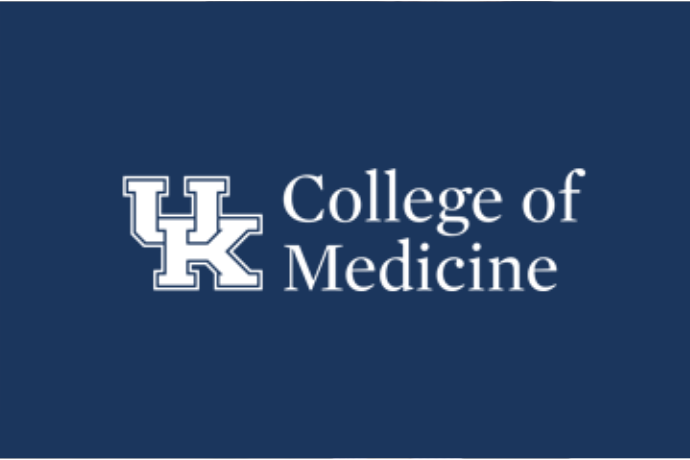

On March 2, 2017, NIH released a new policy combining and clarifying its previous policies on continuous submission. While the policy did not change, the information is now formatted in an easier to use single policy.


Six University of Kentucky educators were named recipients of the UK Alumni Association 2017 Great Teacher Award Tuesday night.
The recipients are:


REMINDER: Submit your abstract by Tuesday, February 28:

Discover the latest advances in cancer research by submitting your abstracts and attending Markey Cancer Center Research Day on May 17, 2017.
For the eighth consecutive year, the Singletary Center for the Arts will play host to Markey’s daylong event that showcases the work of cancer researchers from all disciplines at the University of Kentucky. If you have notable work to share, we want to see it displayed during our poster sessions.

Sent on behalf of Brandy Nelson, University of Kentucky Biosafety Officer and Responsible Official:
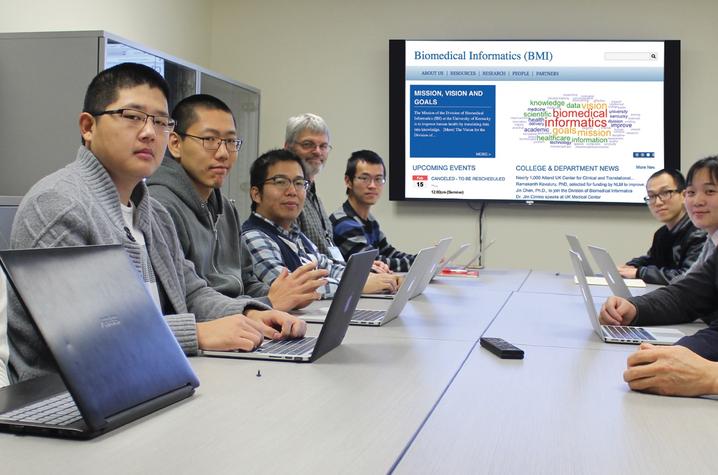
In the modern era of electronic medical records and increasingly sophisticated care, one of the greatest opportunities for health innovation and medical discoveries lies not in a lab or a clinic, but in data.
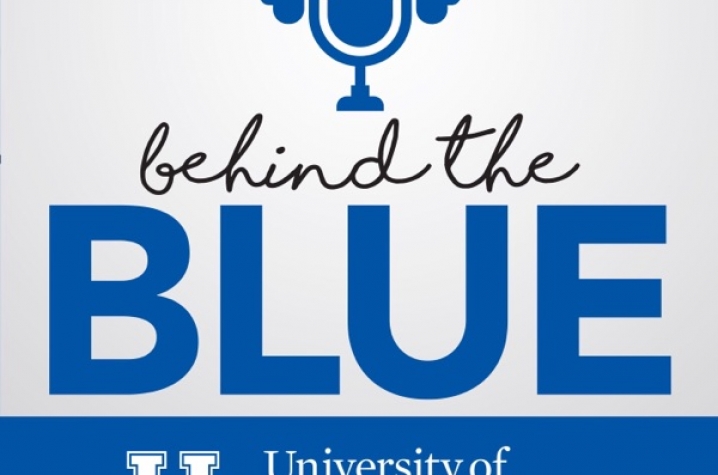
Parkinson’s disease is a long-term, progressive disorder of the nervous system that affects movement. An estimated seven to 10 million people worldwide are living with Parkinson’s. The symptoms for the disease usually develop slowly over time, and among the obvious are shaking, rigidity, slowness of movement, and difficulty in walking. Currently, there is no cure for Parkinson’s, though there are medications that can slow the progression of symptoms.

Thursday March 9, 2017
12:00 noon to 1:30 pm
MN 136
The Office of Faculty and Professional Development
Presents
“Writing High Impact Aims”
By Ms. Kathy Grezch, Executive Director, Proposal Development Office
Please RSVP via email to Ms. Deborah Reining at dhrein2@uky.edu by March 7, at 12:00 noon.

The Office of the Vice President for Research is hosting a series of workshops designed to help faculty accelerate their research activities and to update the research community on changes in the research infrastructure to facilitate the strategic plan implementation.
§ Grant Writing Workshop: Friday, February 24, 383 Gatton, 1-5 p.m.
§ Recent changes in the UK Research infrastructure: Wednesday March 1, WT Young Auditorium, 2-4 p.m.


Join Miltenyi Biotec at the University of Kentucky on Tuesday, February 21st, and Wednesday, February 22nd for a seminar and workshop to learn about the unique capabilities of the MACSQuant flow cytometer.
Highly automated, with integrated liquid handling capabilities, and absolute cell counting, the MACSQuant flow cytometer is not like any other cytometer you have seen before. Excel at applications for rare cells, whole blood analysis (as little as 5ul), cell cycle, and microvesicles.
Seminar:

[From the NIH Website]
Reminder of New Policies Now – Or Soon To Be – In EffectA number of NIH policies became effective in January. Here’s a brief recap:
Effective January 1, 2017:
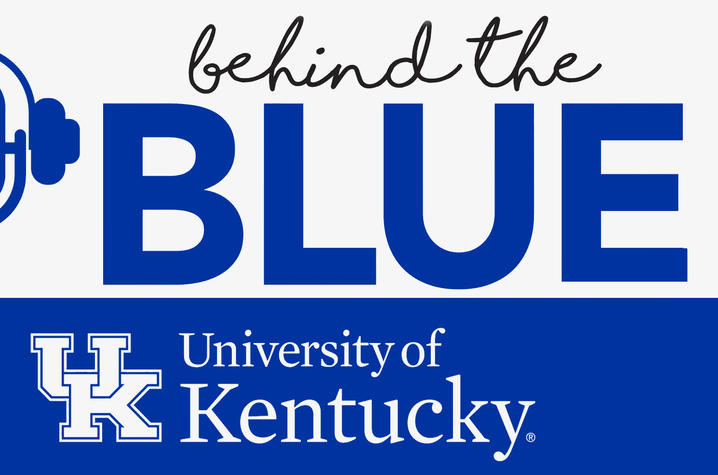
February is American Heart Health Month, and this past Feb. 3 marked the 14th annual National Wear Red Day for Women. It’s a day designed to call our attention to recognizing heart disease as the No. 1 killer of women in this country, and to raise awareness of women’s overall heart health.

The University of Kentucky Center for Molecular Medicine through the Dean of the College of Medicine and in conjunction with the NIH/NIGMS funded Center of Biomedical Research Excellence (COBRE) grant anticipates funding pilot grants in the amount of $50,000 per year for up to two years. Research projects should fit into the general theme of the molecular basis of human disease. Three categories of grants will be considered:

CENTER FOR CLINICAL AND TRANSLATIONAL SCIENCE
CTSA TL1 Training Program for Pre-doctoral Students in Clinical and Translational Science
Applications due: March 31, 2017
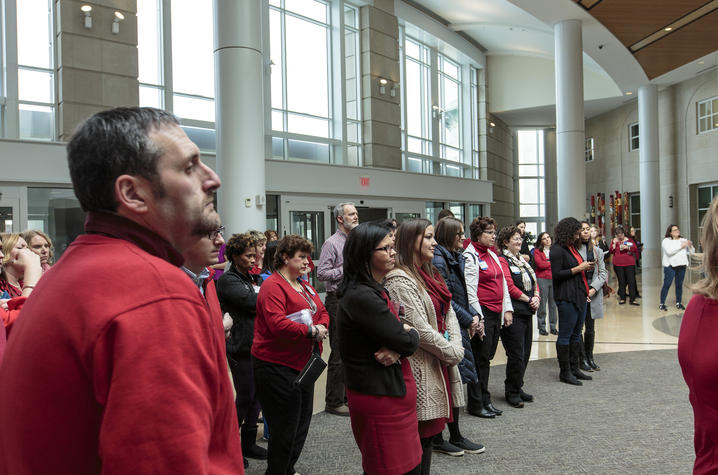
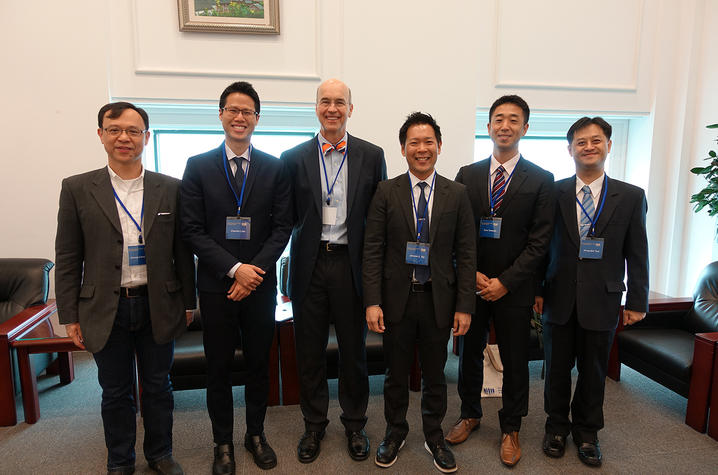
During a recent trip to Taiwan, Dr. Mark V. Williams, director of the Center for Health Services Research (CHSR), had the opportunity to share his expertise as a hospitalist and researcher with colleagues in Taiwan.
Williams was invited by Dr. Ming-Chin Yang, National Taiwan University’s associate dean of the College of Public Health, and Dr. Nin-Chieh Hsu, a practicing hospitalist in Taiwan, to speak at the Jan. 7 forum of hospital medicine at the first International Conference of Hospital Medicine.